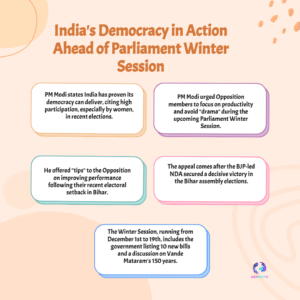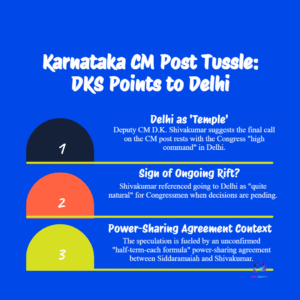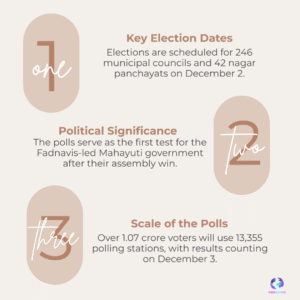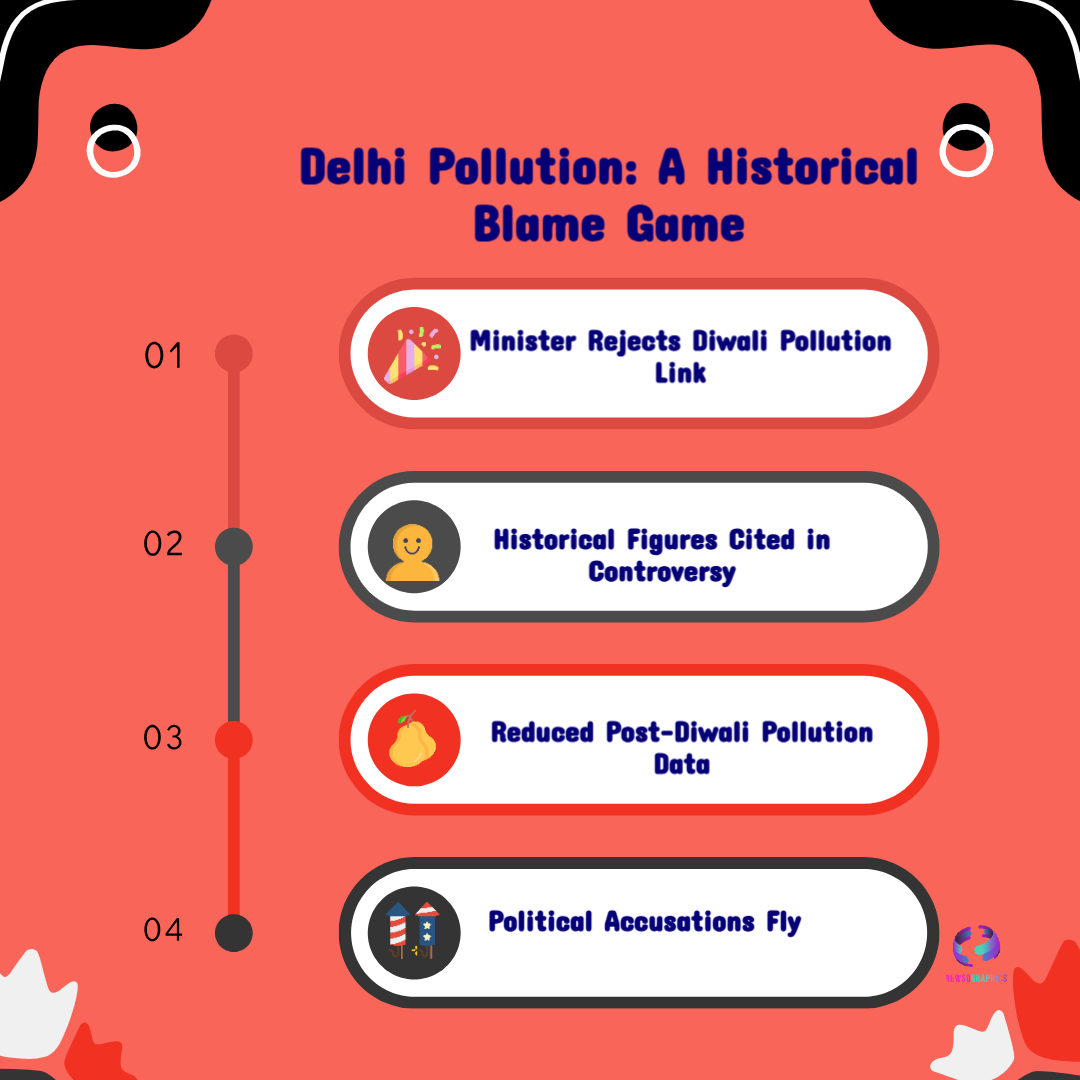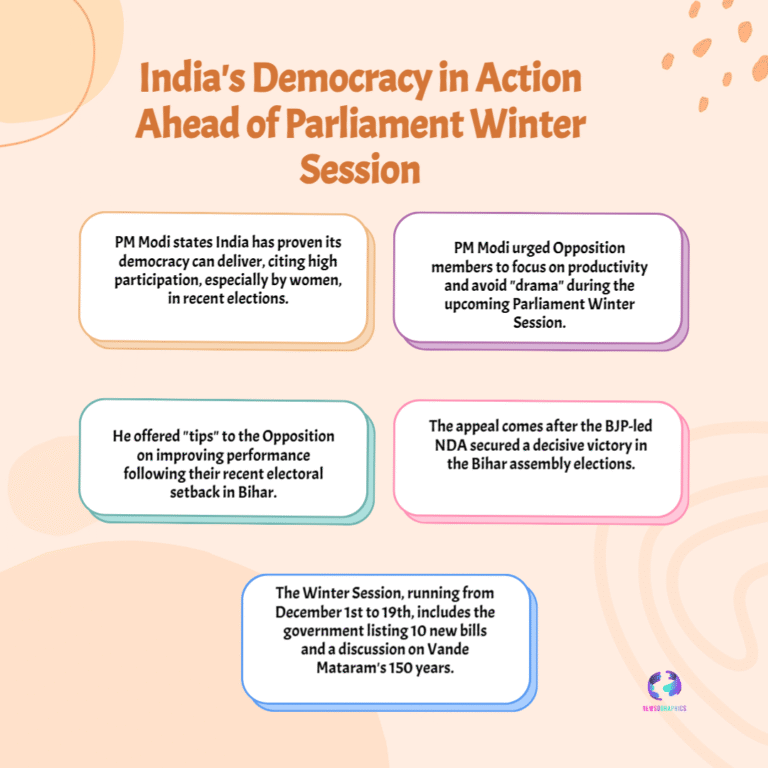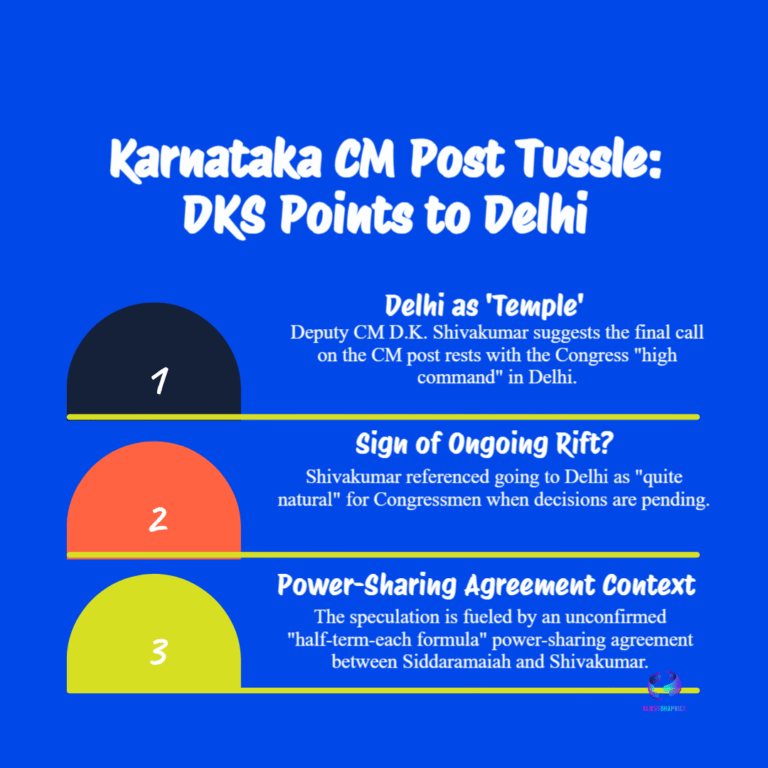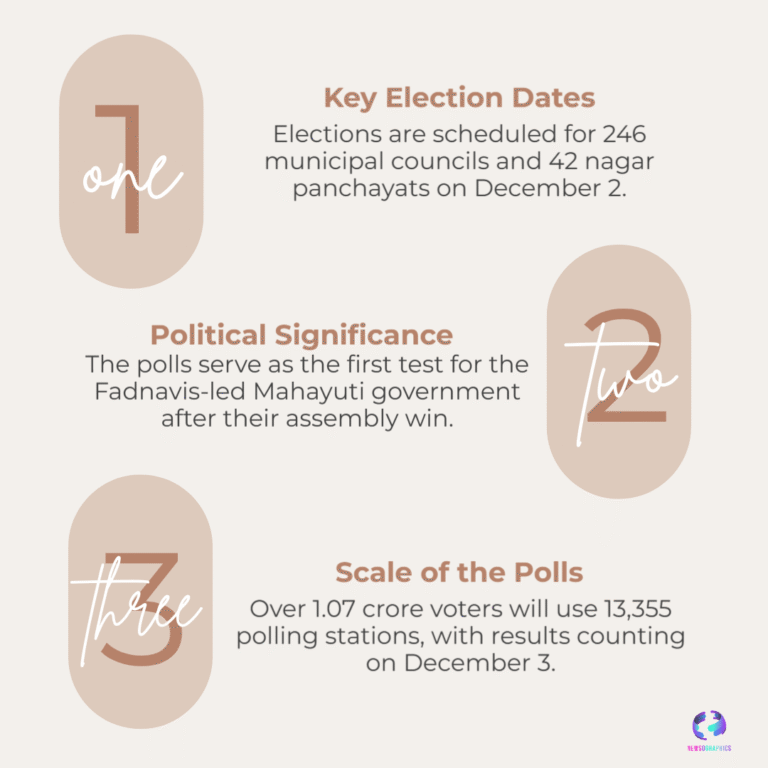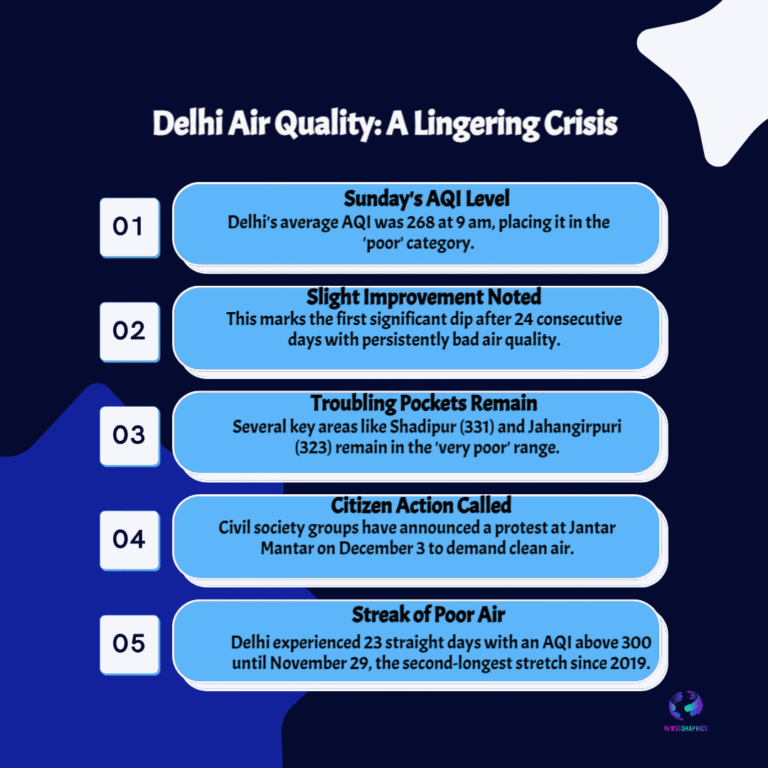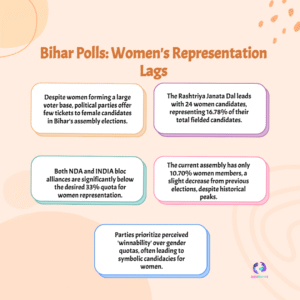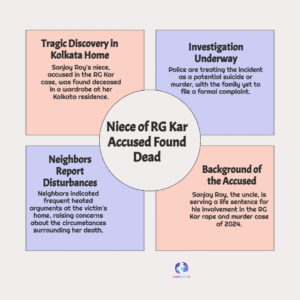Delhi environment minister Manjinder Singh Sirsa says post-Diwali AQI rise is marginal and rejects claims that fireworks caused the spike; AAP disputes data.
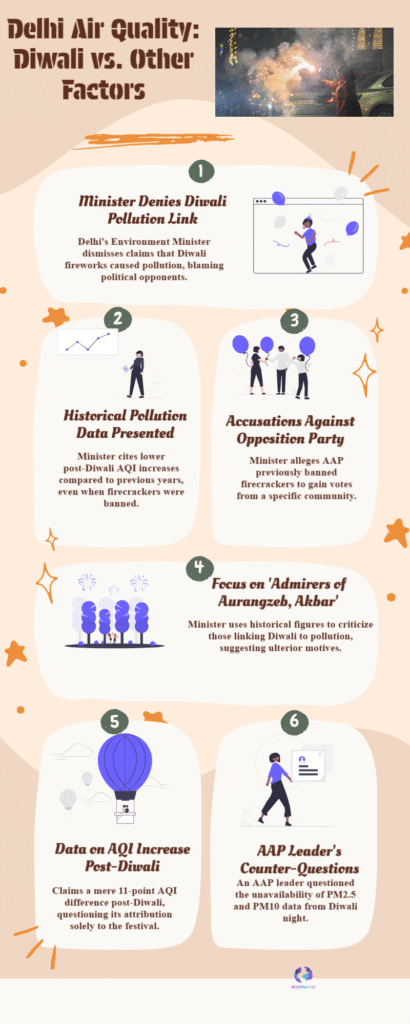
Delhi’s environment minister Manjinder Singh Sirsa on Oct 21 rejected claims that Diwali fireworks were the main cause of the city’s post-festival pollution spike, accusing AAP leaders of politicising the issue and labeling their critics “admirers of Aurangzeb and Akbar.” Sirsa presented city AQI data and said the measured difference before and after Diwali this year amounted to just 11 points — far smaller than previous years’ rises — and asked why the festival of Sanatan Hindu tradition was being blamed.
The minister compared past years: he said PM2.5 rose by 21 points after Diwali in 2020, by 80 points in 2021, and by 32 points in 2024 even when firecrackers were banned. AAP leaders, including Saurabh Bharadwaj, had earlier questioned missing PM2.5/PM10 night-data for the Diwali window and alleged lax enforcement of green-crackers rules and illegal sales — claims that keep public attention on enforcement and data transparency.
Public reaction is split: some citizens and environmental groups point to fireworks and localized bursting hours as a cause, while the Delhi government points to seasonal factors and cross-border crop burning as larger drivers. The Supreme Court had allowed sale and use of green crackers with strict time windows; officials say flouting of timing and illegal crackers remain concerns. For search optimization, target queries such as “Delhi AQI after Diwali 2025 data,” “did Diwali cause Delhi pollution 2025,” “Sirsa statement on Diwali pollution,” and short keywords like “Delhi pollution today” and “Diwali pollution 2025” to capture both informational and local intent.

